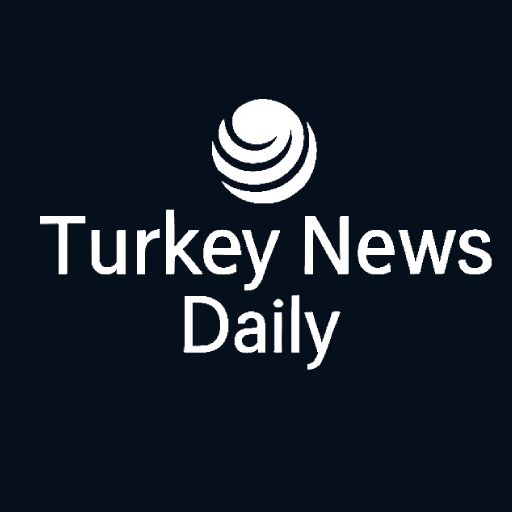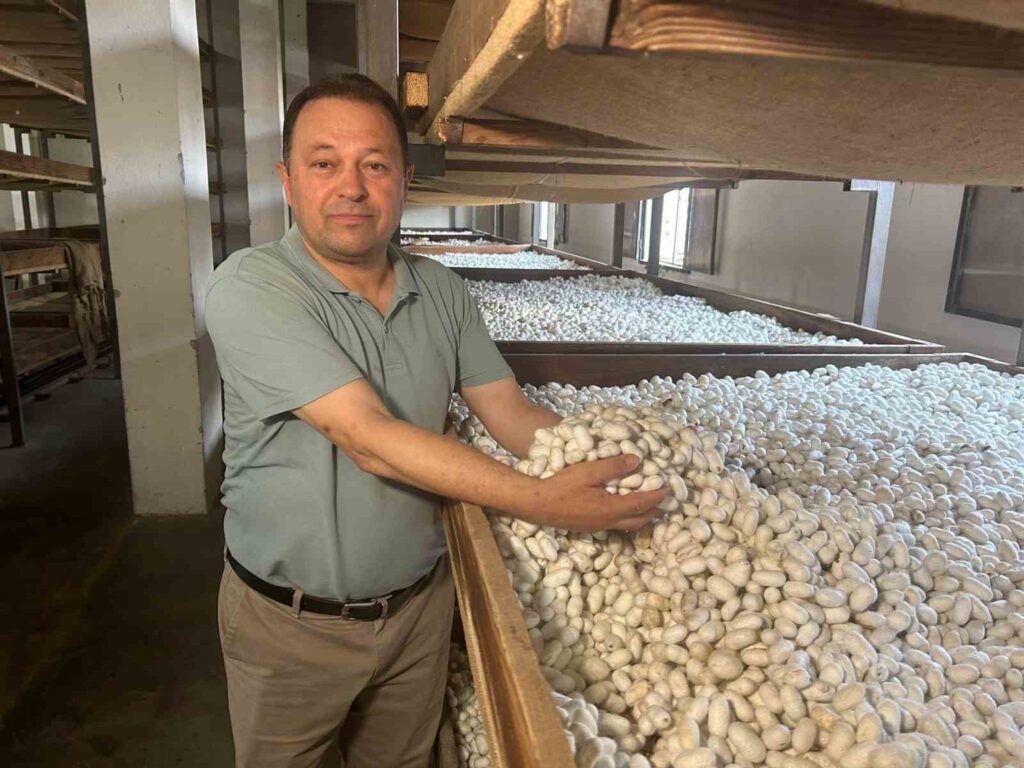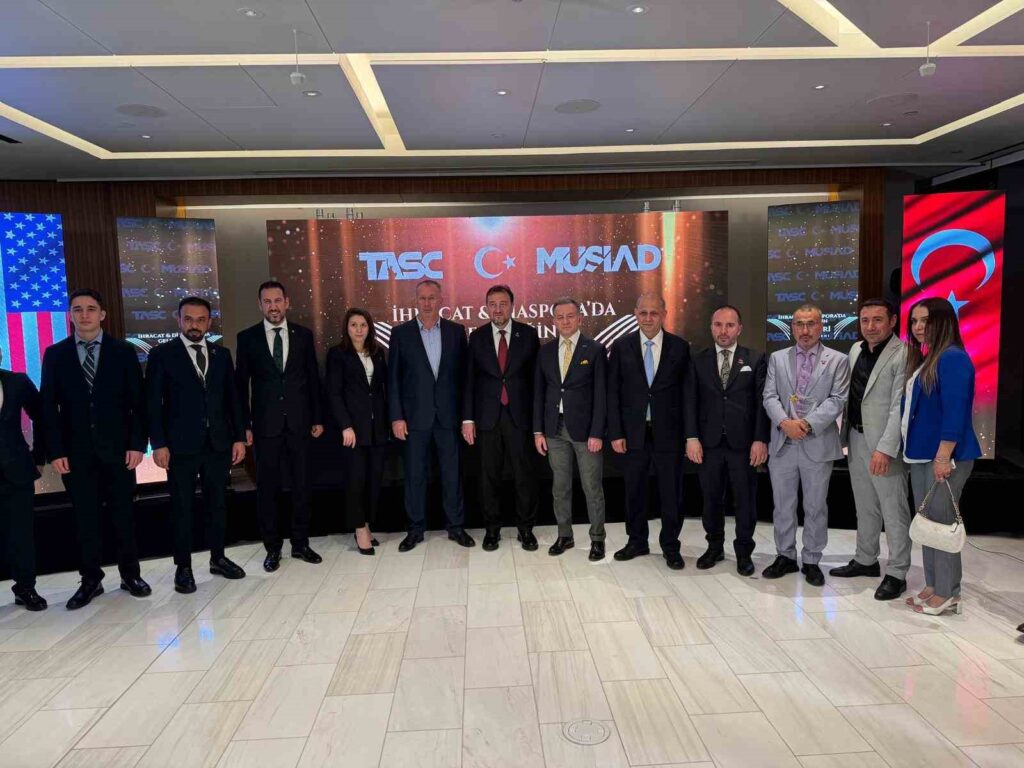Istanbul Chamber of Commerce (İTO) President Avdagiç stated, “Public price increases should be in line with the main trend.”
Istanbul Chamber of Commerce (ITO) President Şekib Avdagiç stated, “We are entering a period where we need to keep the monthly average inflation in the range of 1-1.5% for the short term. Considering the short and medium-term goals for the upcoming period, the private sector …

Istanbul Chamber of Commerce (ITO) President Şekib Avdagiç stated, “We are entering a period where we need to keep the monthly average inflation in the range of 1-1.5% for the short term. Considering the short and medium-term goals for the upcoming period, the price increases determined by both the private sector and public authority need to be in line with the main trend.”
In his remarks at the Chamber’s September General Assembly meeting, Avdagiç pointed out that a critical phase in the disinflation process has been reached and that there has been a noticeable slowdown in inflation. He emphasized that the important point is the slowdown in the main trend of monthly inflation, stating, “In the new process, we believe that the prices determined by public authority will play an even more decisive role in the main course of inflation in the future. In the coming months, we will not see decreases of 8-9 points in annual inflation, but rather lower rates of decline.”
Avdagiç indicated that we have entered a period in which the monthly average inflation needs to be maintained in the range of 1-1.5% for the short term, saying, “Therefore, taking into account the short and medium-term goals for the upcoming period, the price increases determined by both the private sector and public authority must also be in line with the main trend. Our expectation and demand is that the challenges we face in the disinflation process are worth the success we will achieve in the fight against inflation.”
“We see that the problems arising from the exchange rate gap will continue in 2025-2026 and 2027” Avdagiç emphasized that one of the key aspects of achieving the targets set in the recently announced Medium-Term Program (OVP) is for the exchange rate policy to be realistic. Although a correlation between the exchange rate and inflation is predicted after 2025, he noted that the forecasted exchange rate for 2024 will continue to put significant pressure on exporters and sectors dependent on exports. He added, “In other words, we see that the problems arising from the gap opened against the exchange rate will continue throughout this year and into 2025-2026 and 2027. This could also lead to an increase in import demand, which could pose additional risks to the current balance. We must pay maximum attention to this. Our most urgent expectation for the healthy continuation of the export-based growth trend is to restore the weakening correlation between the exchange rate and inflation.”
Avdagiç expressed the belief that the health of the real sector and SMEs should also be protected with the same sensitivity in the targeted balancing of the economy, stating, “We emphasize once again that the production structure must not be neglected or weakened in the fight against inflation. Acknowledging that the high inflation we are experiencing is also due to supply shortages, we cannot allow the production gap to increase any further, regardless of the cost. The Turkish economy, integrated with global markets, cannot afford a loss of production. The fact that production also represents export and foreign currency income necessitates a delicate balance in tight monetary policy.”
“Machinery and equipment investments should be closely monitored” Reminding that the Turkish economy grew by 2.5% in the second quarter of this year compared to the same period in 2023, Avdagiç continued: “One of the notable points in the growth data is that consumption has sharply contracted, as targeted by the disinflation program. The contraction in industry and investment expenditures are indicators that we need to focus on. They can be seen as cautionary signs. While investment expenditures showed a strong outlook in the first quarter of this year, they contributed only 0.1 points to growth in the second quarter due to a 5.6% contraction in machinery and equipment investments. Therefore, the loss of momentum in investments, particularly in machinery and equipment investments, should be closely monitored. Turkey should not compromise on its growth dynamics under any circumstances.”
“We must permanently assess the opportunities arising from the downward trend in interest rates in the West” Avdagiç stated that it is significant for the Turkish economy to reach a size of 1.2 trillion dollars as of the second quarter and noted that they view the positive contribution of net exports to growth by 1.3 points in the second quarter as favorable. Avdagiç also mentioned that the increase in labor payments’ share within gross value added is important for improving income distribution.
In his speech, ITO President Avdagiç also addressed the effects of global economic developments on Turkey, indicating that the downward trend in inflation continues globally, and that interest rates in Western economies are following a downward trend.
Avdagiç said, “From our perspective, there is a positive aspect to these developments. We expect that both the reduction of interest rates worldwide and the improvement of economic activity in Turkey’s main export markets will have a positive impact on ‘affordable-cost foreign capital inflows’ and ‘our exports’. We must permanently evaluate the opportunities arising from this and write them down as gains.”







